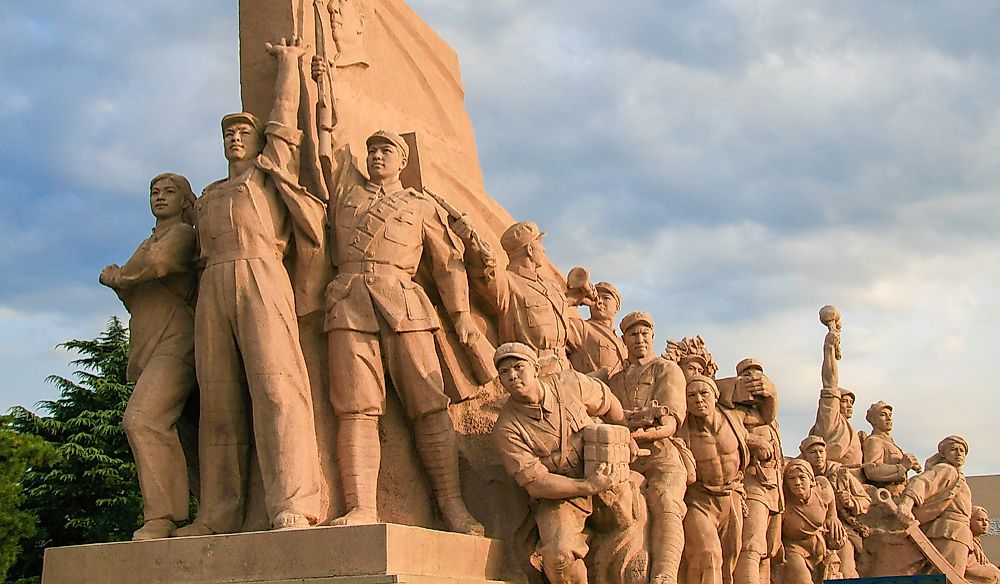What Was The Chinese Civil War?

The Chinese Civil War was a violent armed conflict that took place for the better part of the first half of the 20th century in China. The belligerents involved in the civil war were the Kuomintang party which was supported by the United States and the Communist Party of China which was supported by the Soviet Union. After the confrontations between the two ended in the 1950s, Kuomintang was forced to retreat from China’s mainland and settle in neighboring Taiwan. The Communist Party of China, which emerged victorious, established the People’s Republic of China led by Mao Zedong. The two countries are technically still at war with each other as there is yet to be a peace treaty signed by the belligerents. Estimates of the cost of the war during the Chinese Civil War range between 1.8 million to 8 million deaths, earning the civil war a place as one of history’s bloodiest armed conflicts.
Background and Start of the Civil War
While the focus is usually on the conflict between 1946 and 1950, the Chinese Civil War started back in 1927. Before the start of the civil war, China had entered the 20th century as a new nation emerging from another bloody civil war in the aftermath of the collapse of the Qing Dynasty. Yuan Shikai, the then president of The People’s Republic of China, had managed to hold the nation together. Upon Shikai’s death in 1916, the country was embroiled in a messy succession tussle from which rose two parties, the Communist Party of China (CPC) and the Kuomintang. While the two parties would temporarily merge to form the First United Front, disagreements saw the union disintegrate. The Kuomintang held political power in the country but faced resistance from its left-wing movement and the CPC. Backed by the Soviet Union, the CPC would start an armed resistance against the Kuomintang government in 1927. Mao Zedong led the armed resistance against the Kuomintang government.
Result
The fall of Chengdu was the fatal blow that effectively ended military resistance from the ROC. However, fighting would continue in a few regions of mainland China. The ROC retreated to Taiwan where the government of the Republic of China was established, whose seat of power would be domiciled in Taipei, the ROC’s new capital city. On his part, Mao Zedong announced in October 1949 the founding of the People’s Republic of China and moved its seat of power to Beiping. Beiping would later be renamed to its original name, Beijing.
The Taiwan Strait Crisis
However, the military action would persist in the 1950s, culminating in the Second Taiwan Strait Crisis of 1958 when the two warring factions commenced naval engagements against each other, with the islands of Amoy and Quemoy being heavily bombarded. The ROC, which was supplied with fighter jets by the United States, was unsuccessful in its resolve to bomb China’s mainland. After decades of relative peace on the Taiwan Strait, tensions would again rise between 1995 and 1996 during the Third Taiwan Strait Crisis when mainland China tested missiles near Taiwan in what was seen as an expression of military might.











